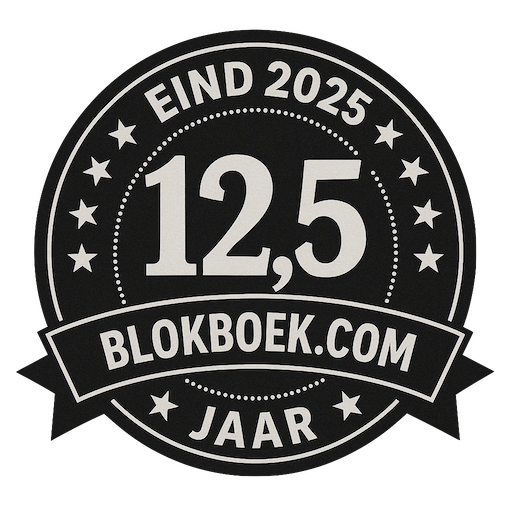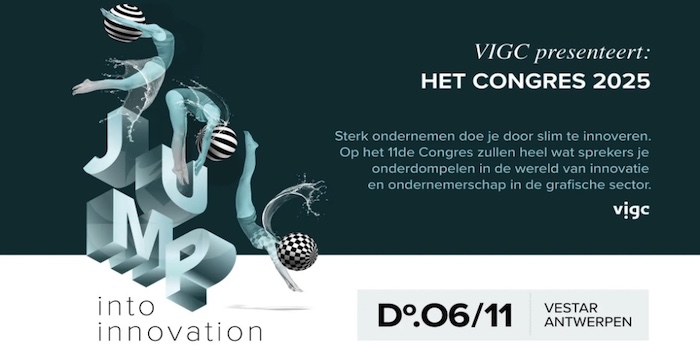Wild Format #2.3 : Industrial Revolution
Printing has always been an industrial process. Done right, productivity continues to rise and costs to fall. But the widespread adoption of wide format digital printing technologies redefines what we mean by industrial print. We print 10,000 leaflets in an industrial manufacturing process. But we also print direct to shape in various industries where the print is only part of the product and only part of the process. In industries as diverse as automotive, home decor and packaging, industry is using digital print to add a graphics dimension to products or product components. This is industrial print.
EFI has developed this single pass corrugated printer, the Nozomi.
With wide format digital printing technology doors, shampoo bottles, car dashboards and such like printing becomes part of the product manufacturing process. The technology makes it easy to print graphic images directly onto a product such as a textile or flooring. Industrial print includes the graphics component of a product as part of its manufacture. There are no fixed definitions for industrial printing processes, other than that the printing fit into the industrial product manufacturing process. As such printing is a necessary part of the completion of a product. But printing is not the focus of that product’s manufacture. This is print as a production element for any industry, rather than print as a product in and of itself.
Endless applications
Wide format digital printing means that industrial print applications are hugely varied and almost limitless. Industrial print could be decoration, adding graphics to products in order to add value. Or it could be adding text to a switch panel. It could just as easily involve jetting glue or some other fluid through an inkjet printhead to a machine part as part of manufacturing processes. Industrial print can even mean printing electronic circuits and 3D printing. Such applications add value in many different industries, from automotive to packaging.
This Inca Digital Onset X2, complete with automatic loading, is taking wide format printing to an industrial level.
Wide format digital printing technology is very much in the vanguard of these developments, with many wide format service providers using flatbed digital printers for industrial applications. Usually this involves making a jig to hold in place the products to be printed and some substrates may also require a primer but most UV-curable inks used in wide format printers don’t need primer. They stick to most materials, including wood and metal as well as paper, cardboard and plastics. Standard inksets have wide colour gamuts and many also offer white ink, handy for printing onto non-white surfaces. Some wide format digital printers include additional channels for primer or for varnishing to enhance the look of the final product.
Inky dreams
Some vendors have developed alternative inksets. Mimaki, for example, offers a choice of inks for use with some of its printers. This includes the recently launched LUS350 UV ink, which can be stretched by up to 350 percent. This makes it suitable for vacuum moulding applications, such as retail point of sale signage, a technique also used to create customised car parts.
Most of the companies making wide format digital printers and inks have targeted the industrial print space, either with existing wide format equipment or by adapting the inkjet technology for a specific market. EFI, for example, has developed a range of Cretaprint machines for the ceramics market. These print directly to ceramic tiles, typically with a resolution of 360dpi, with a range of special effects and decoration options.
Flatbed printers are available to print directly onto glass in widths up to 2.5m and at high resolution. Typical applications include furniture, videogames and building facades or printing borders to things like solar panels and car windscreens. Some vendors have simply designed their inkjet printers to better fit a manufacturing line for printing plastics and metal with multiple colours and varnish and a high resolution.
Industrial flatbeds
Another approach is simply to build flatbed printers that only really make economic sense if treated as industrial print application devices. Thus HP’s Scitex 11000 and Inca Digital’s Onset X flatbeds can produce a phenomenal number of boards per hour, but really need to be fitted with automatic loading and unloading systems to guarantee enough throughput to justify their cost. Both of these companies also target the corrugated board market, with HP having developed a version of its printer, the Scitex 15000, which has a special gripper for handling corrugated boards.
At Drupa we saw new machines that have taken this a step further, effectively marrying up short run and customised packaging with the industrial production of boxes. EFI launched its Nozomi corrugated printer, a 1.8m wide single pass inkjet printer that takes boards up to 3m in length. It’s capable of producing 75 linear mpm, which equates to around 8100 sqm/hr. It prints seven colours, including white, as well as an inline primer to counter dot gain on some substrates. It uses greyscale printheads with a resolution of 360 x 720 dpi. HP’s PageWide C500 is a digital corrugated post-print technology that prints direct to board with litho quality.
Smaller flatbeds
At the other end of the scale, several of the wide format vendors have developed small desktop flatbed printers specifically for industrial applications. These are meant for customizing a range of products, from smartphone covers to golf balls. They are aimed at existing wide format users looking to expand their market as well as manufacturers adding printing capability to their production lines.
Roland, for example, announced a new object printer earlier this year, the LEF300. It can accommodate items up to 100mm in height and 8kg in weight and has a print area covering 770mm wide by 330mm long. It includes white and gloss inks for creating textured effects.
Roland makes this LEF300 UV printer, essentially a scaled down wide format machine for decorating multiple objects.
Mimaki also has a number of desktop printers, and a desktop cutting unit to go with them. The CFL-605RT takes media up to oversized A2 and features a variety of functions including creasing and eccentric, tangential and reciprocating cutting.
Making the cut
This brings us neatly to cutting tables and routers, another example of wide format technology that’s also used for industrial applications. Both Zund and Esko have shown robots for unloading objects that have been cut, with the robot programmed to understand the shape that’s been cut and fitted with an appropriate gripper for picking up a group of objects. The combination of an automated sheet loader, with a conveyor belt on the cutting table, and a robot for unloading makes for a very fast solution. This helps improve turnaround times for wild format projects.
Screen printing
Screen printing may be in decline for the graphics market, but is still widely used for many industrial applications from printing plastic credit cards to adding a coating to automotive parts. Screen printing can be very cost effective over long manufacturing runs and the inks generally have very good adhesion to a range of different substrates. In addition, screen printing has been around for a long time and the ink developers have accumulated sufficient intellectual property to be able to formulate the inks to handle the demands of manufacturing customers, such as inks that can withstand repeated washing or extreme variations in temperature.
Textiles
The idea of printing to fabrics is relatively old, and has mostly been used for very short runs, including signage, and prototyping of new garment designs. In recent years the textile industry has embraced inkjet printing and a number of industrial inkjet printers have appeared. Hollanders for example, has developed the ColorBooster series, ranging from 2.5 to 3.2m wide, and capable of handling both direct to textile and dye sublimation prints. These machines are highly configurable in terms of the number of printheads and overall productivity they are capable of and suitable for both display graphics and industrial textile production.
In conclusion, wide format print technology is extremely well-suited to industrial production, whether that means simply a high throughput of graphics or fitting into a manufacturing production line. The main issue to consider is the substrate that the inks have to adhere to, and whether or not the printer’s transport system can handle the substrate or object to be printed. But these are the sort of issues that wide format users and vendors have been dealing with successfully for many years now. You can trust the technology to give you results that are affordable and impressive.
Nessan Cleary
The Wild Format guides are intended to expand awareness and understanding of the craziness that can be created on wide format digital printing devices, from floors to lampshades and everything in between.
These guides are made possible by a group of manufacturers working together with Digital Dots. Together we hope you enjoy the articles and that you put into practise what you learn. If you want to talk about it, go to our LinkedIn group via this link.
Enjoy and Go Wild!
Sponsors of this article: Digital Dots – Fujifilm – Mimaki

De trainingen voor 2022 staan gereed. Kijk voor het volledige online aanbod van bestaande- en nieuwe trainingen op de website.
BLOKBOEK.COM EN PRINTMEDIANIEUWS: HET OPTIMALE DOELGROEP BEREIK





















